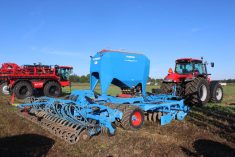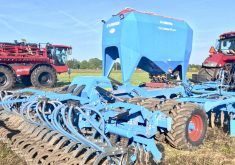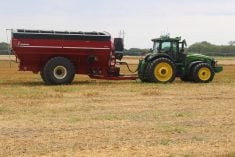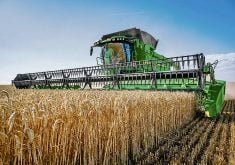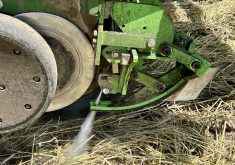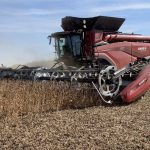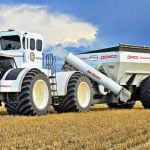Glacier FarmMedia – Running new fancy planters is fun. Working on dirty, used ones is less fun.
But huge problems can be avoided if farmers take time to ensure their equipment is set up the way it’s supposed to be.
“If we don’t do good maintenance, it’s going to defeat that technology,” said Dustin Weinkauf of Precision Planting.
Read Also
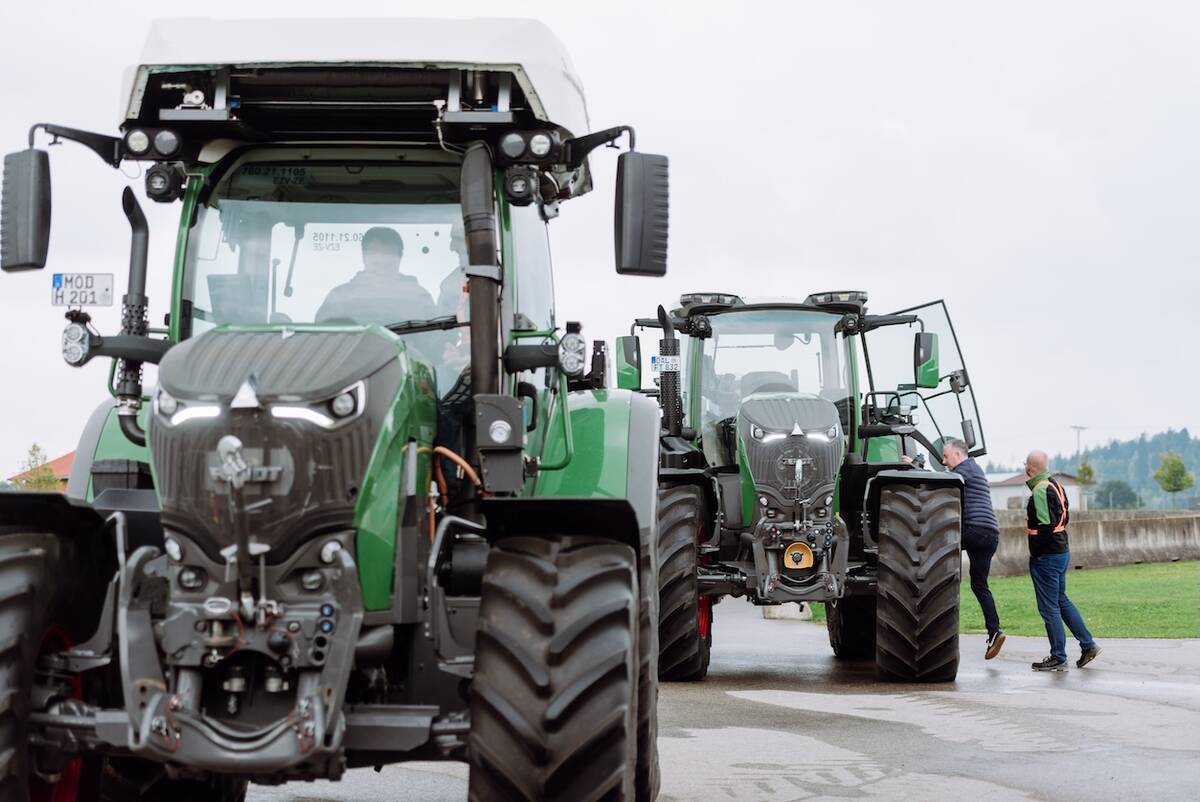
Agco worries about outlook for North America
Agco chief executive officer Eric Hansotia recently had both good and bad news to share about the demand for new farm equipment.
Weinkauf said poor planter maintenance can lead to bad row spacings, poor emergence and other yield and profitability killing problems. Many problems come from a simple cause rather than a complicated agronomic or software issue.
“It’s all maintenance and mechanical,” he said about basic problems. “It can all be fixed 110 per cent on the planter.”
For instance, planters should be levelled every year. How many farmers do that?
When Weinkauf asked farmers at St. Jean Baptiste, Man., Farm Days, only one put up his hand. A crooked planter with the wrong pressure will affect seed placement and plant emergence.
Different soil situations require different weights on the planter. Farmers need to be able to react to dry or wet soils by adjusting ballast.
Parallel arms must be in good shape. They should be tight and not move side to side or up and down. Disc openers can’t do their job if they are worn out and ground down. Getting cheap worn-out discs from a neighbour who’s replacing his with new discs is a bad deal.
“Don’t do that,” said Weinkauf.
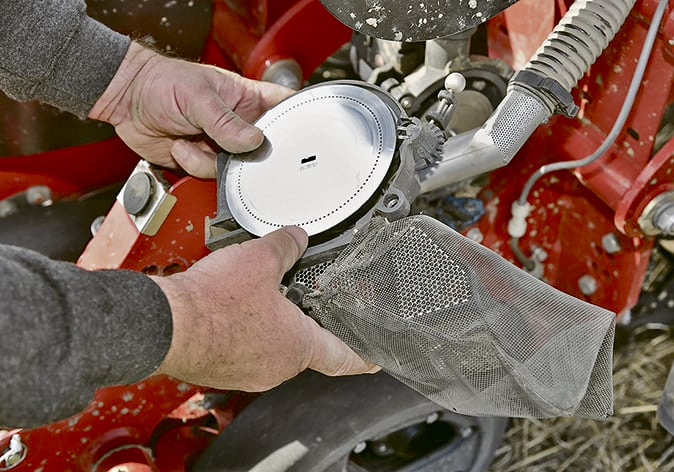
The seed tube guard must be in good shape. Farmers rarely realize it, but the guard doesn’t just protect the tube. It also keeps the side of the trench open so the firmer reaches the bottom.
Opener discs shouldn’t be wobbly. Gauge wheels should be shimmed tight to the disc. That will stop dry surface soil from falling to the bottom.
“Slap a GoPro on there to see what it’s doing,” said Weinkauf.
Calibrating planter depth is important, but few do it. Meters must also be tested to make sure they’re working.
All these activities take time, but making sure the planter is operating right is essential if a farmer wants the seed to go in right.
“It’s something we can do in the off-season,” said Weinkauf.
– This article was originally published at The Western Producer.



